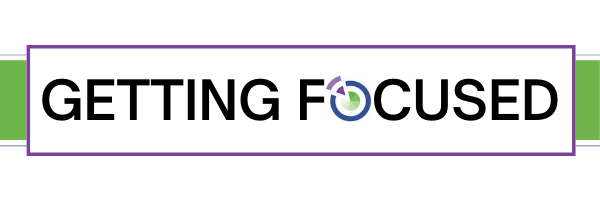Setting Up a Successful Collaboration

QUESTIONS TO DETERMINE BEST COLLABORATION OPTIONS
![]() Who would you work with to make an extraordinary impact on your community?
Who would you work with to make an extraordinary impact on your community?
No one nonprofit can meet all the needs of a community or even a specific population within the community. It is part of the reason why there are more than 1.5 million nonprofits in the US. When doing a needs analysis in your community, what areas show up that are not within your core services but would make a great impact on those you serve? What wrap-around services do your clients need most that could be provided by a partner organization?
![]()
![]()
![]()
![]()
![]()
![]()
![]()
If you don’t know, ask your clients who else they receive services from, or connect with your area United Way or Trustee’s Office to determine like audiences. Start will a simple collaboration to market your services together and share costs.
![]()
![]()
![]()
![]()
![]()
![]()
![]()
Do you provide after-school tutoring or food boxes to those in need. There are likely others in your community who are doing the same thing. There is power in numbers. Perhaps you can purchase supplies together or run a friendly “goods donation competition” to collect the most blankets.
![]()
![]()
![]()
![]()
![]()
![]()
![]()
This is a great question to ask if you work on advocacy issues. Who else is championing a similar cause for which a broader base can make a bigger impact on decision makers. Who will help make your beneficiaries’ lives better, stronger and more fulfilled?
![]()
![]()
![]()
![]()
![]()
![]()
![]()
These are the agencies providing services that are out of scope for your organization, they may even have components that are quite similar in nature. We can take a cue from our neighbors in the foundation space, however, and come together to tackle large issues.
![]()
![]()
![]()
![]()
![]()
![]()
![]()
Seek out industry leaders in your association, trade group, or national advocacy organization. They can be found presenting, writing articles, and giving voice to the media. Strategize with them, perhaps create an affiliation or auxiliary chapter for local impact.
STEPS TO STRONG COLLABORATIONS
Build Trust
![]()
![]()
Create Systems and Processes
![]()
![]()
Collaborations don’t just happen. They take work on the part of all parties. The better the developed systems and processes are documented, the stronger your collaboration will be over time when the original players are no longer at the table. Put things in place now to anticipate future needs and the discussion that lead to a decision.
Pursue a Shared Vision
![]()
![]()
The strongest collaborations are among organizations who come together to effect change toward a shared/mutual vision. When the missions align and programs are supportive; where there isn’t overlap but rather program and service augmentation that builds a strong cohesive network of support. When all these conditions are in place, and aligned with the funder’s goals, that is collaboration gold!
TAKE ACTION TODAY!
Start a conversation about whom your next collaboration will be with an agency down the street doing complimentary activities or a new partner somewhere else that just might broaden the territory for both of you…
RBW Strategy works to create strong programmatic and funding model collaborations. We can help you build yours too. Contact us at info@rbwstrategy.com today.
Download the Success Guide here for your resource file!
